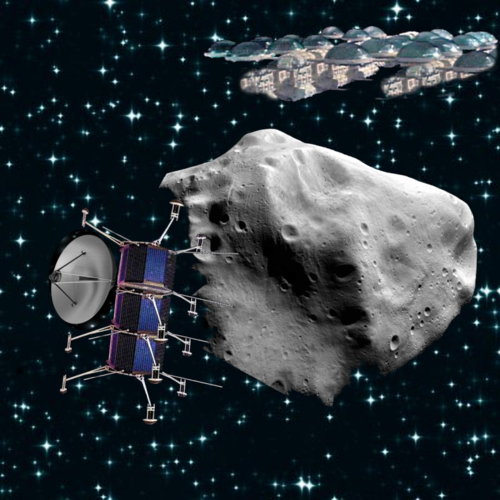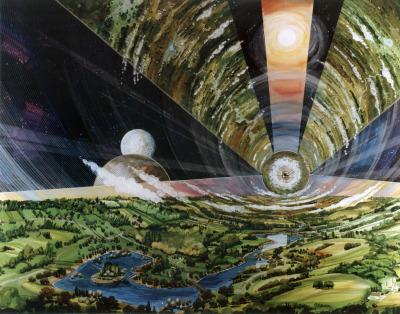HUMAN ENHANCEMENT AND THE LAW
/
The University of Oxford will host an important conference January 7-8, 2016 at St Anne's College called “Human Enhancement and the Law: Regulating For The Future”.
You see, we’re entering into an era that will see widespread biochemical, genetic, and technological methods of giving a boost to the human body and mind. It’s critical that our society’s regulations and laws keep up, or better yet, get ahead of the game for once. Our laws and law enforcement agencies fell far behind in the explosion of communications technology, especially the pervasiveness of the internet. The result has been a huge upheaval in the entertainment industry thanks to rampant piracy, serious threats to personal privacy from government and business, cyberbullying, identity theft, and cyber terrorism. Let’s hope we can do better when it comes to enhancement science. But it is every bit as complex.
The moral question of genetically engineering embryos to create human beings with improved abilities or even just to correct genetic errors that cause inherited health problems is a vast territory, too big for me to cover here. But even leaving out moral considerations, there are still many legal questions that crop up. How would you regulate the providers of such a service and monitor their outcomes? What lifelong responsibilities would they have to the “customer”, especially a child produced by such methods—would a company be expected to offer warranties? Who would be the customer—the parents or the child? Since the child had no say in the matter, could they sue their parents or the genetics lab? Or perversely, would the child have an obligation to the genetics company? After all, cloning and gene-splicing processes are almost certain to be patented, and might even involve some residual presence in the child’s body. What does that say about the ownership of the results—would a genetically-enhanced human have to pay a license fee to a corporation for the use of their own body? That’s not such a stretch—companies have already applied to patent living cells created in their research laboratories.
Many of these same questions arise when considering chemical or hormonal enhancements and technological augmentations like prosthetic limbs, mechanical hearts, lab-grown organs, or computer implants connected directly to the brain. Apart from the patient’s right to sue a manufacturer for unwanted side effects or the outright failure of a procedure, what about the company’s right to sue the patient for abuse of the “product” (when your heavy cocaine use produces a stroke and makes the manufacturer of your artificial heart look bad)?
Where would criminal law come in? Questions of negligence or manslaughter would be a nightmare to push through the courts. Imagine a person dying of liver failure—how would you determine if their artificial kidneys were to blame, or the stem cell treatments they took to ward off cancer, or a mistake in the lab when their genes were being edited as an embryo?
The question of obligation is a huge one, too. When enhancement technologies become widely available, will they become a right? Could a child sue his or her parents for not providing enhancements for them? Parents are obliged to provide the necessities of life, after all. Would companies be allowed to require employees to have special enhancements for certain jobs, or refuse a candidate who is “only normal” and therefore might be less productive than an “improved” worker?
What are our rights when it comes to the integrity of our bodies? What if new technologies could eliminate health problems that are very costly to society (because of medical expenses or loss of productivity)—would a citizen have the right to refuse such an alteration of their own body? Where would the rights of society outweigh the rights of the individual in such cases? The whole debate over vaccinations is just the first taste of what’s to come on this front.
In one of my novel manuscripts awaiting publication, I explored the question of brain-computer interfaces implanted in a person’s skull. With an internet-capable computer connected directly to one’s brain there could be horrendous privacy and data-protection issues. The potential for abuse by direct marketing is frightening, too, and the prospect of control of such devices by government security organizations is appalling. But we’ll only be able to prevent such things by thinking about them well in advance and ensuring that the necessary legal safeguards are in place.
If you’ve got a headache by now, I don’t blame you. These are terribly complex questions and the stakes are enormous. And we know from experience that laws are never perfect.
Scientific research offers fantastic possibilities for the improvement of the human condition, but the potential for a huge range of unpleasant consequences can’t be ignored. It’s critical that we carefully examine all of these questions and many more, and make decisions about the kind of society we want before changes are forced on us by the pressure of progress.
Hats off, and the best of luck to the conference participants in Oxford this January!



